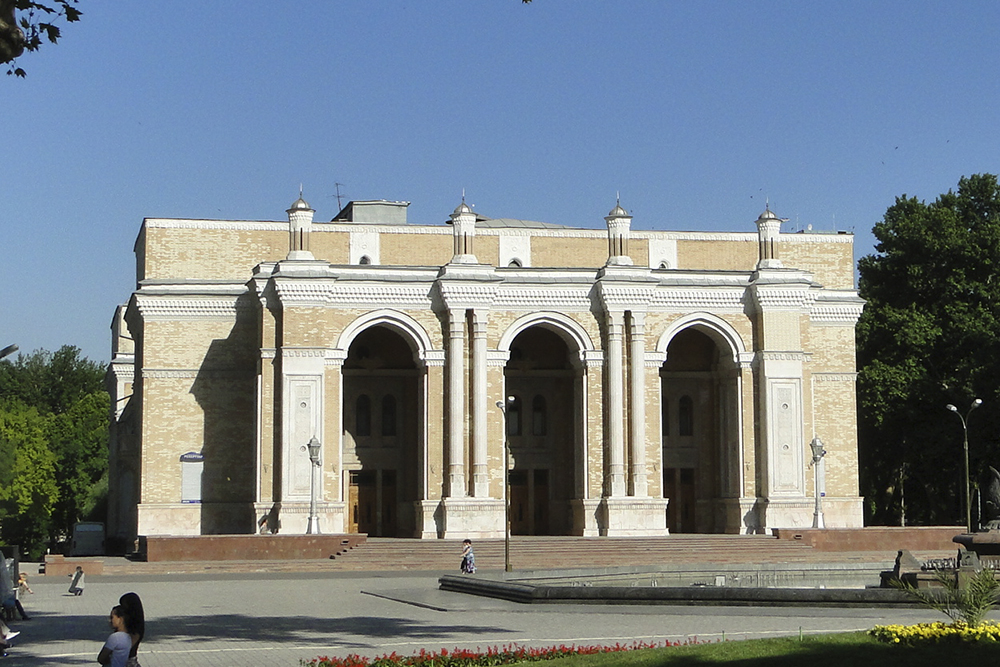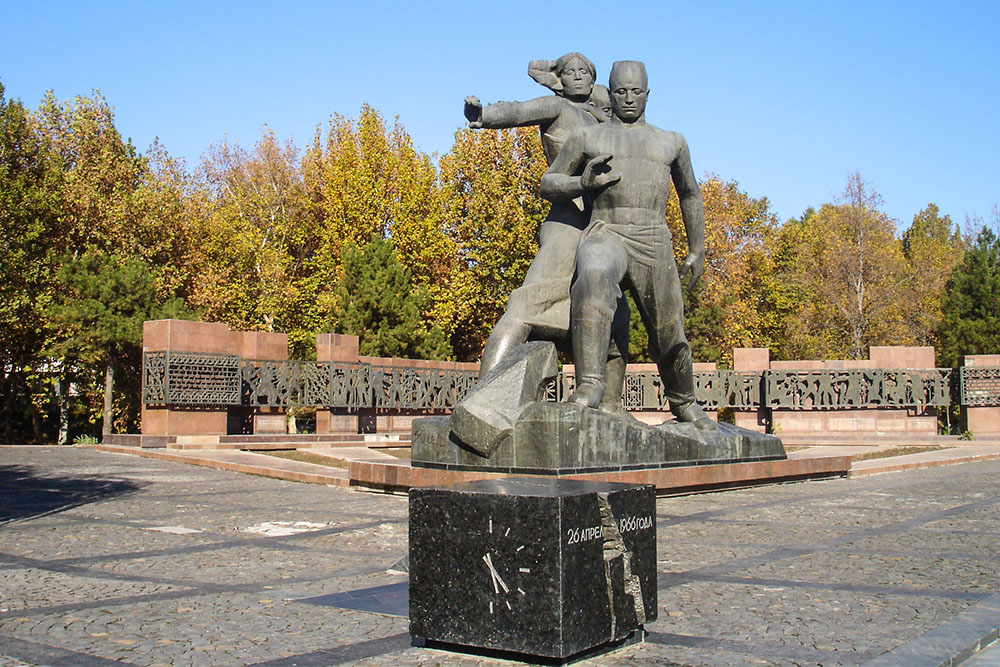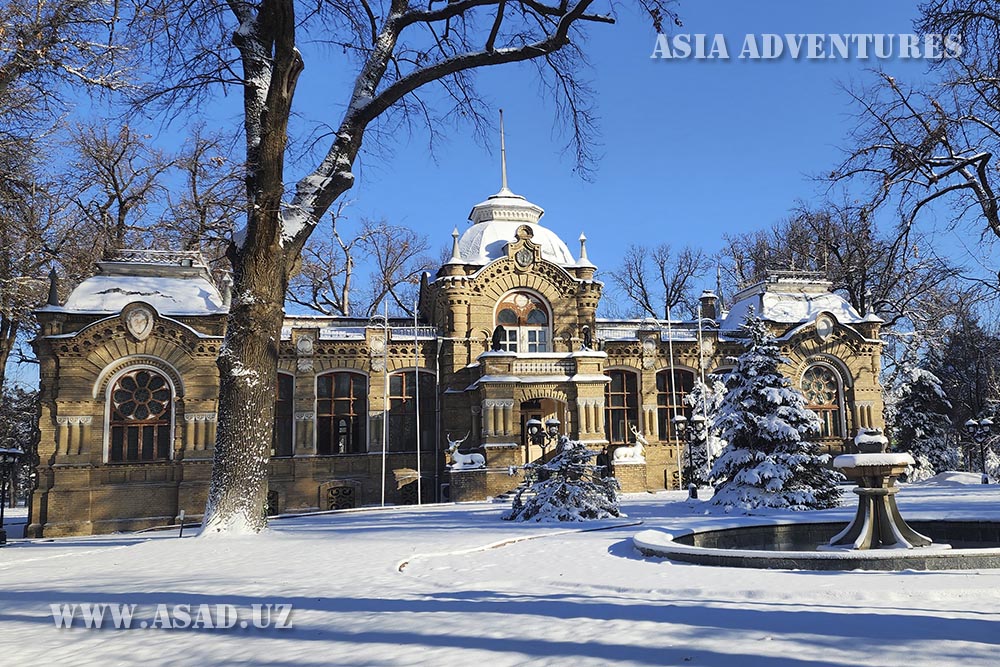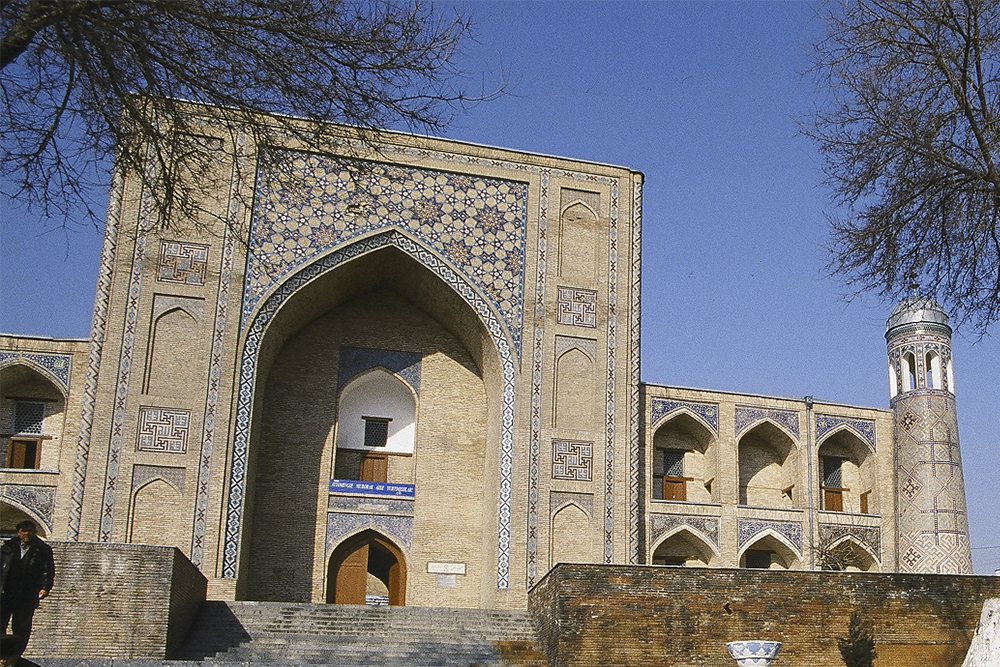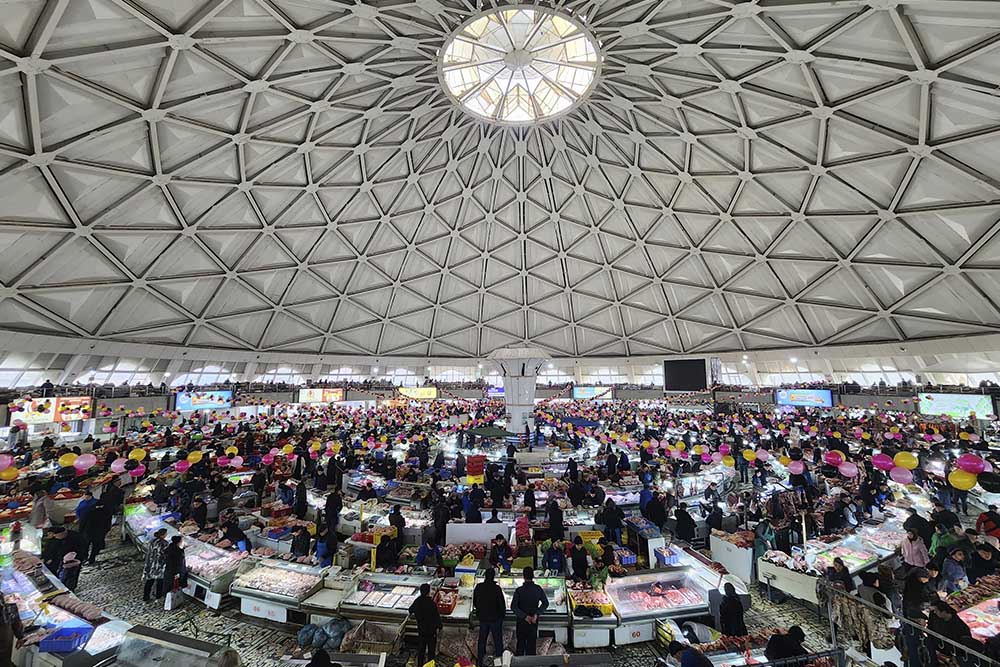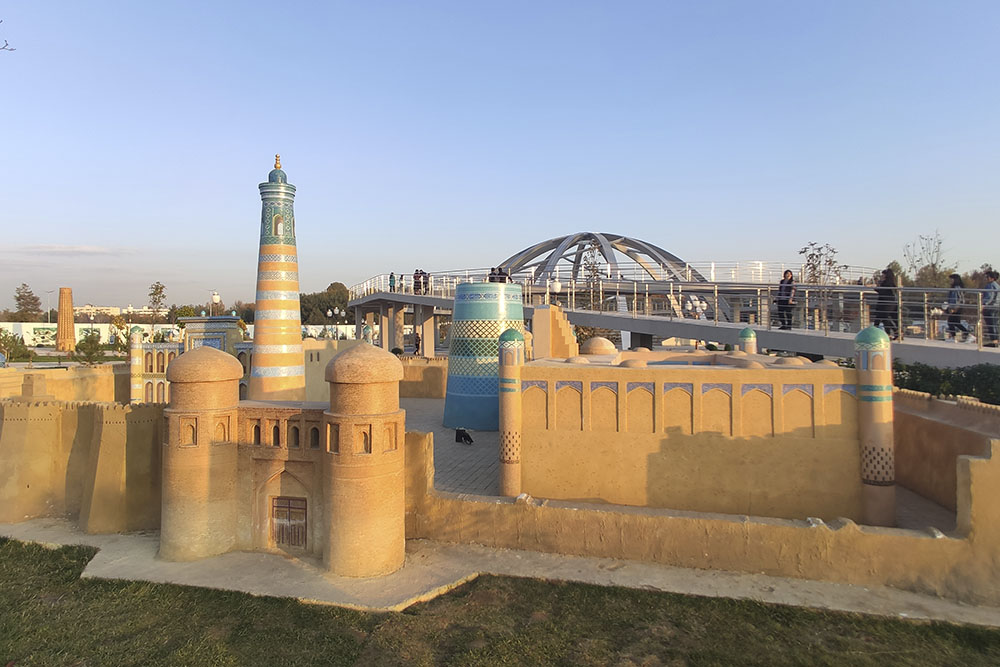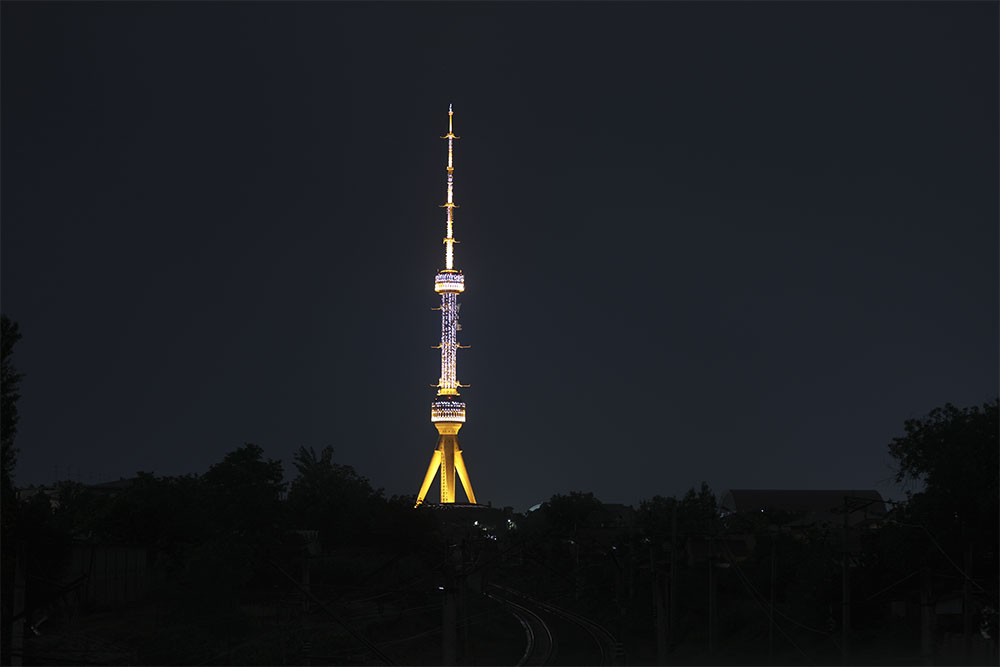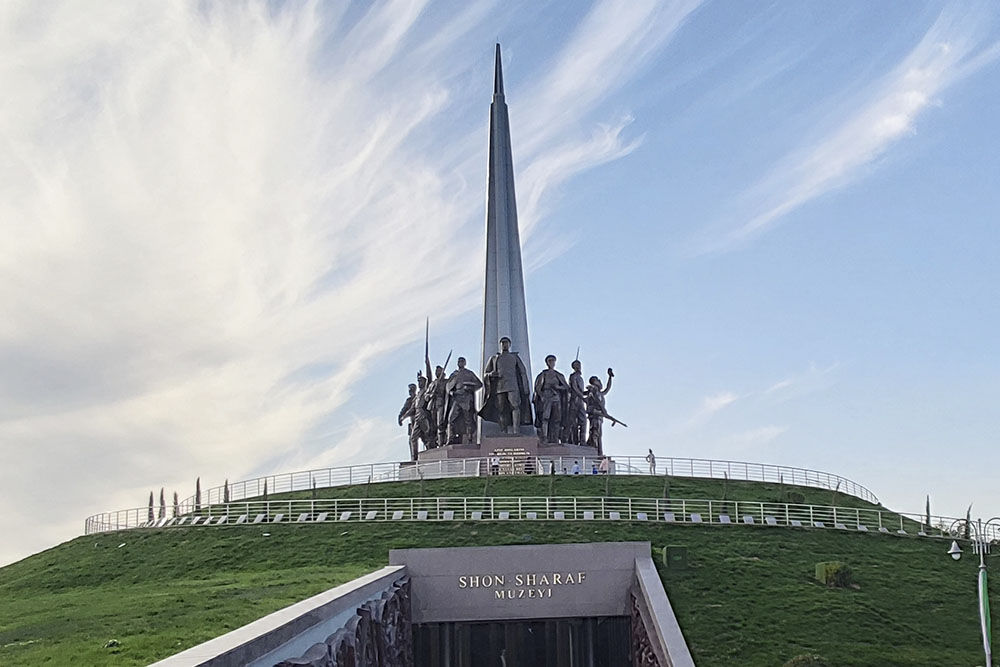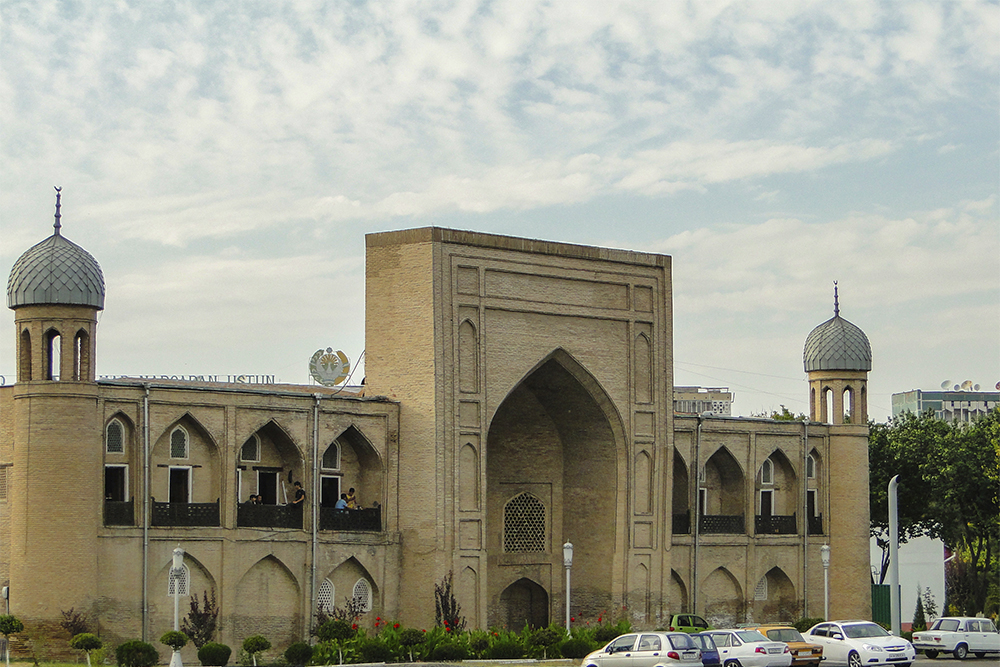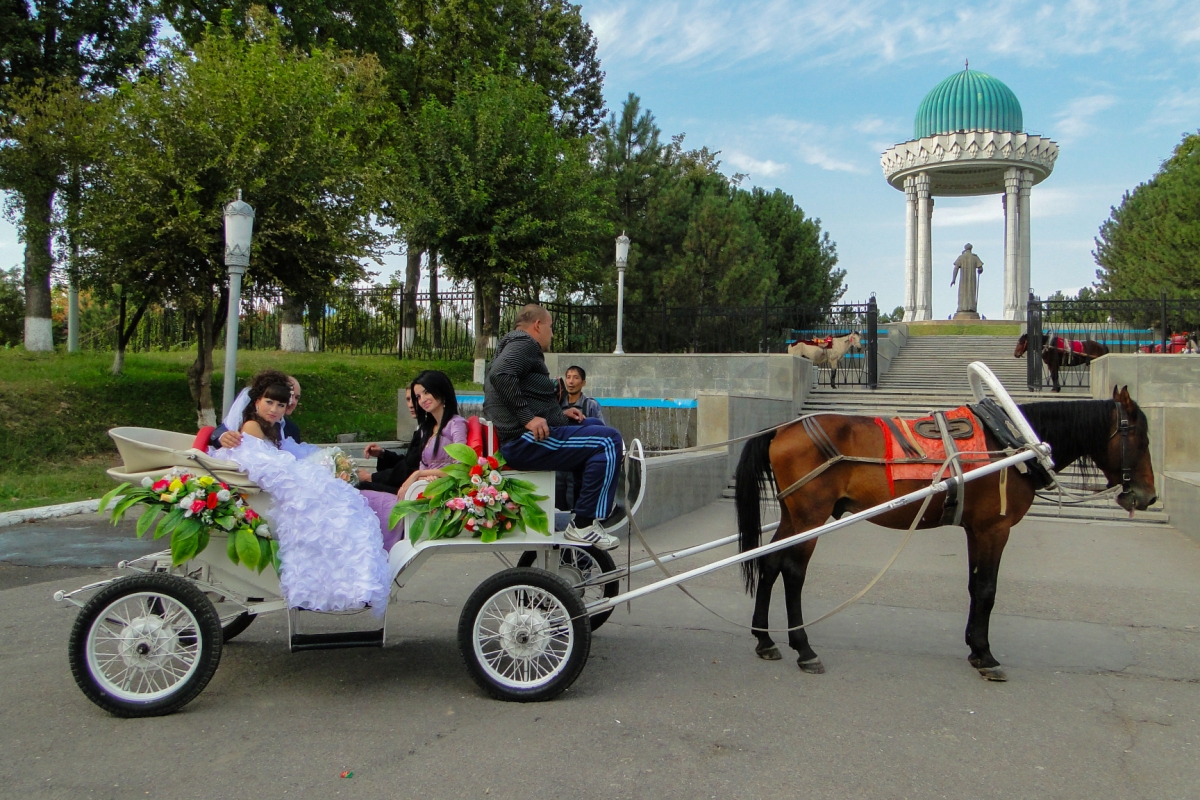The capital of modern Uzbekistan, Tashkent, is Central Asia’s largest town.
First known mentioning of the area of contemporary Tashkent came from ancient Chinese chronicles of the beginning of our era. The area called as "Yuni" was part of a big amorphous confederation of semi-nomadic tribes of Sakas and Ussunies called "Khanguy" of "Kangha". Local population of that time was speaking a dialect of eastern Iranian language and called their land as "Chach".
In the 6th-7th centuries AD Chach was part of amorphous Turkic Khanate. Its population was bilingual – Turkic and Iranian (Sogdian dialect) speaking. Later, at the Arabic times (since early 8th c. AD) the city’s name transformed into "Shash".
In the works of Arabic geographers of 10th-11th centuries the town is already mentioned as "Binkat" and under is contemporary name - "Tashkent" (by Beruni).
Today Tashkent is a megapolis with its population in excess of 3 million. After destructive April’s earthquake of 1966, the city was rebuilt anew to become one of the most modern, well-planned and well-organised administrative, cultural and industrial centres of Central Asia.

 Centralasia Adventures
+998781506280
Centralasia Adventures
+998781506280
28, Mukanna str.
Uzbekistan
Tashkent region
100070



